A recent piece by Peter Valdes-Dapena of CNN started a discussion of an often underreported problem when it comes to electric vehicle owners: charger hogs.
The lines to wait for electric chargers have created a dysfunctional etiquette around charging resources, and companies are trying out various policies to try and fix the problem.
EV Etiquette

In his piece, Valdes-Dapena outlined a problem he saw with EV drivers who don’t observe proper etiquette: increasing line queues for people needing to charge.
“It took us four hours to get home that night. We were sitting in line for electric vehicle chargers,” said Valdes-Dapdena. “Blame ill-mannered charger hogs who don’t respect EV etiquette. It’s like waiting for your table in a restaurant while watching people casually chat over empty plates and half-empty wine glasses.”
Problem With Fast Chargers
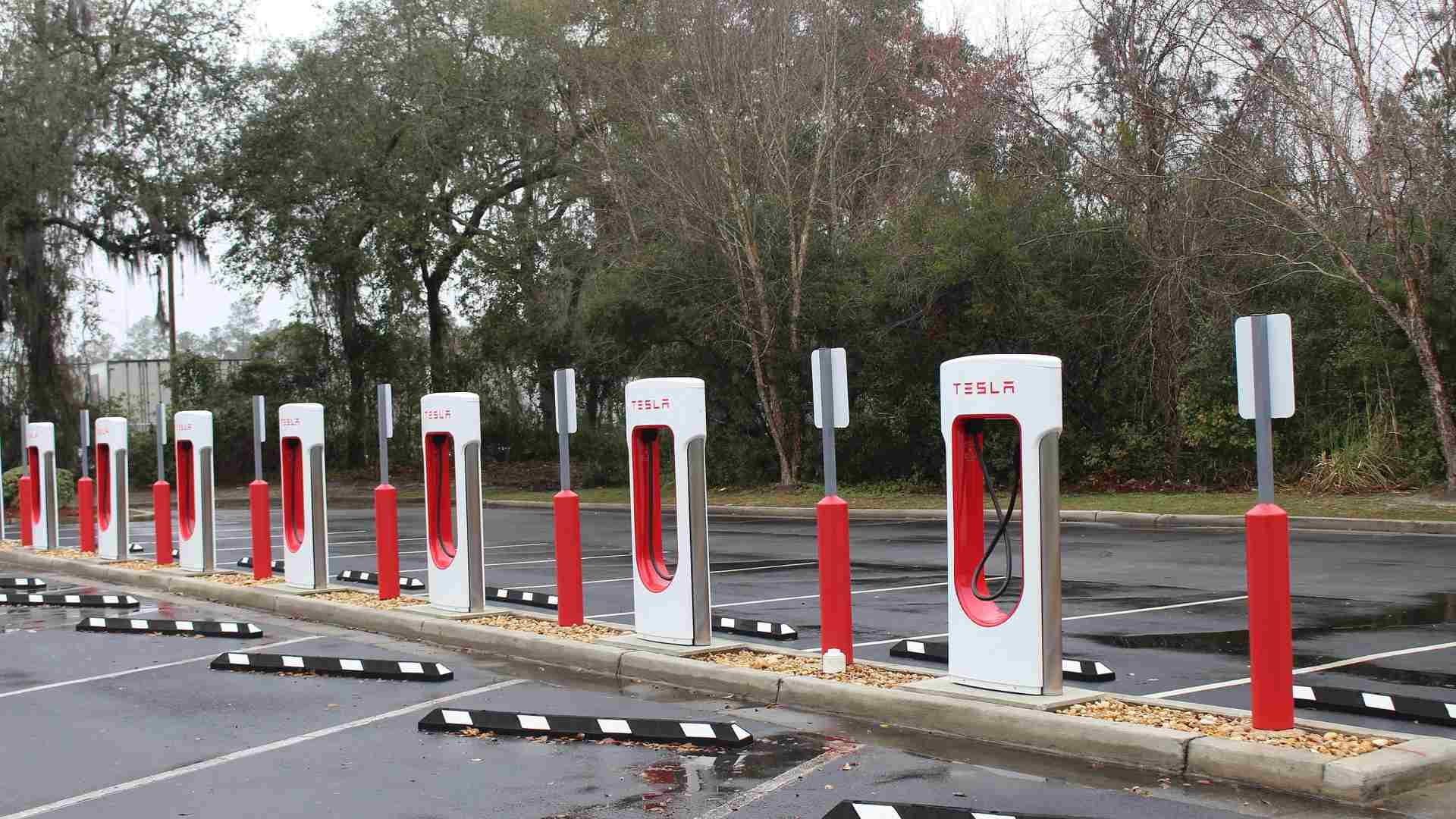
Valdes-Dapena would attempt to highlight one of the major problems he feels is contributing to the problem, which is a lack of understanding of the difference between fast and slow chargers.
“What’s wrong? EV fast chargers – the big tall units that look like major appliances – aren’t generally designed to completely fill an EV’s batteries. They are designed to pour electricity into a battery quickly so drivers can make a short stop and get back on the road after, say, 20 minutes or so,” wrote Valdes-Dapena. “They’re different from the smaller and more common ‘slow’ or ‘destination chargers,’ in Tesla parlance, that are designed for drivers to park, plug in… and leave for hours.”
Fast Charging Risk
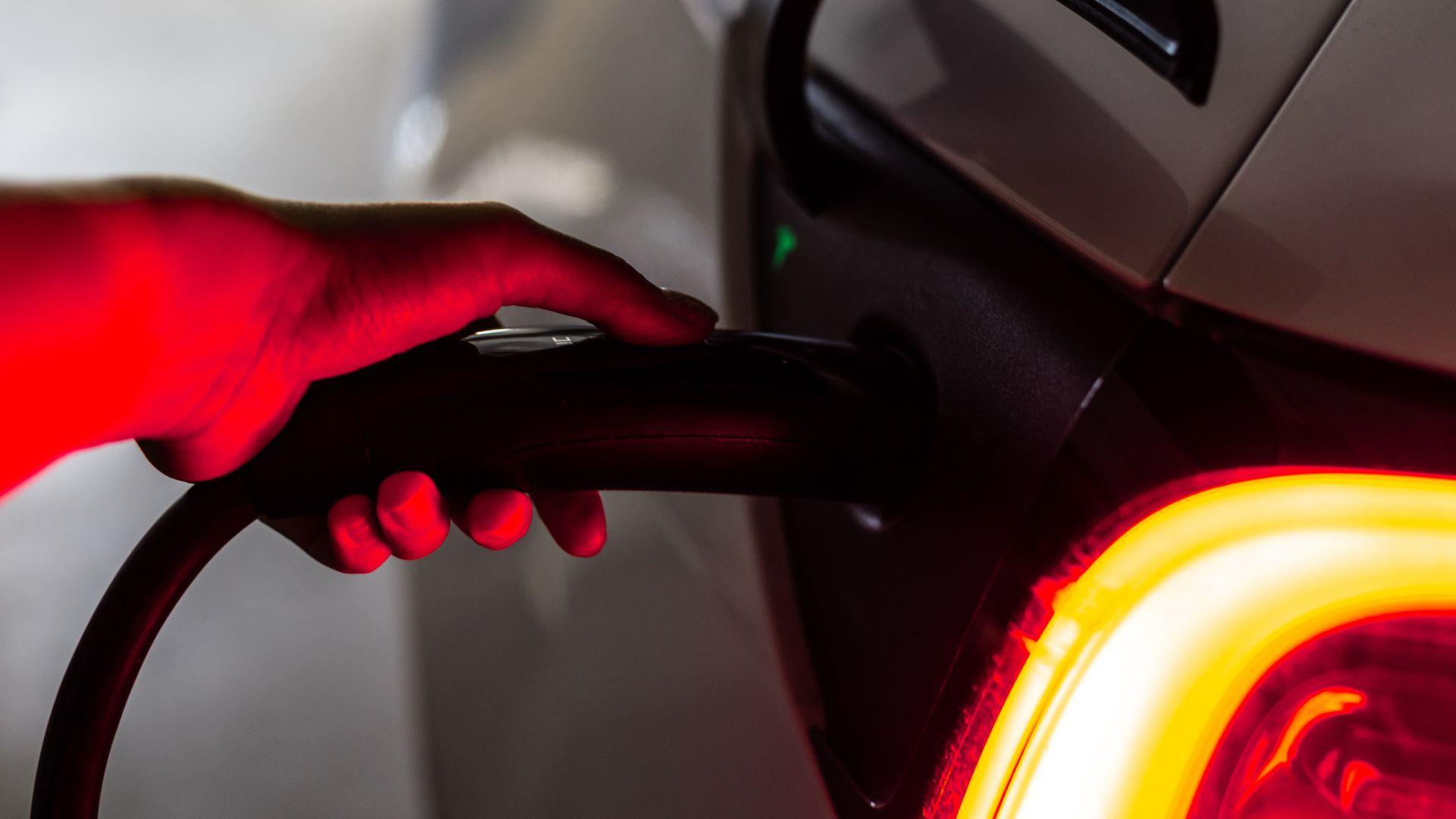
The function of an EV fast charger is to get people in and out quickly with enough juice to continue on their way. However, a person depending on a fast charger too often risks overly impacting the car’s battery.
According to the advocate group the Electric Vehicle Council, studies have shown that in certain circumstances repeated use of fast charging can have a detrimental impact on usable battery life and cause greater battery wear.
Protecting Against Risk
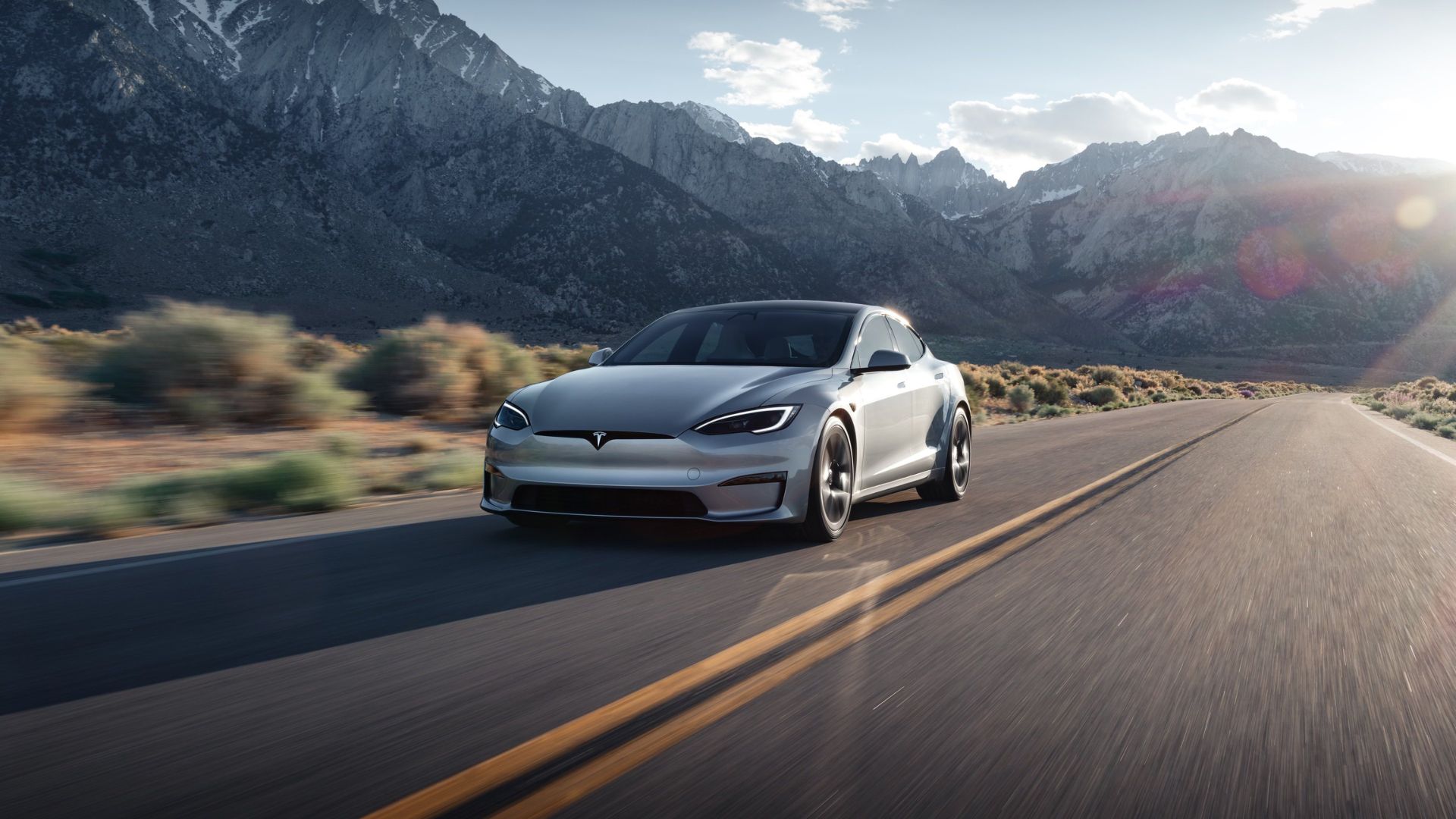
To help protect against the risks of fast charging, certain fast charging stations will slow down vehicle charging after a vehicle reaches 80% to ensure batteries are kept safe.
However, this slow part of the fast charger is detrimental to charging lines as EV drivers at the fast charger are tempted to “top-up” their energy charge.
Waiting and Waiting

In his piece, Valdes-Dapena expressed annoyance at this phenomenon of waiting behind people with excessive charges on their charging screens.
“I was waiting behind people with batteries that were 92%, 94% and even 97% full, as I could see on the charger screens. Still, they stayed there. I made my own situation worse by giving up on one location and going to another with more chargers, but there were even more EVs waiting there,” said Valdes-Dapena.
Charging Already is an EV Weakness
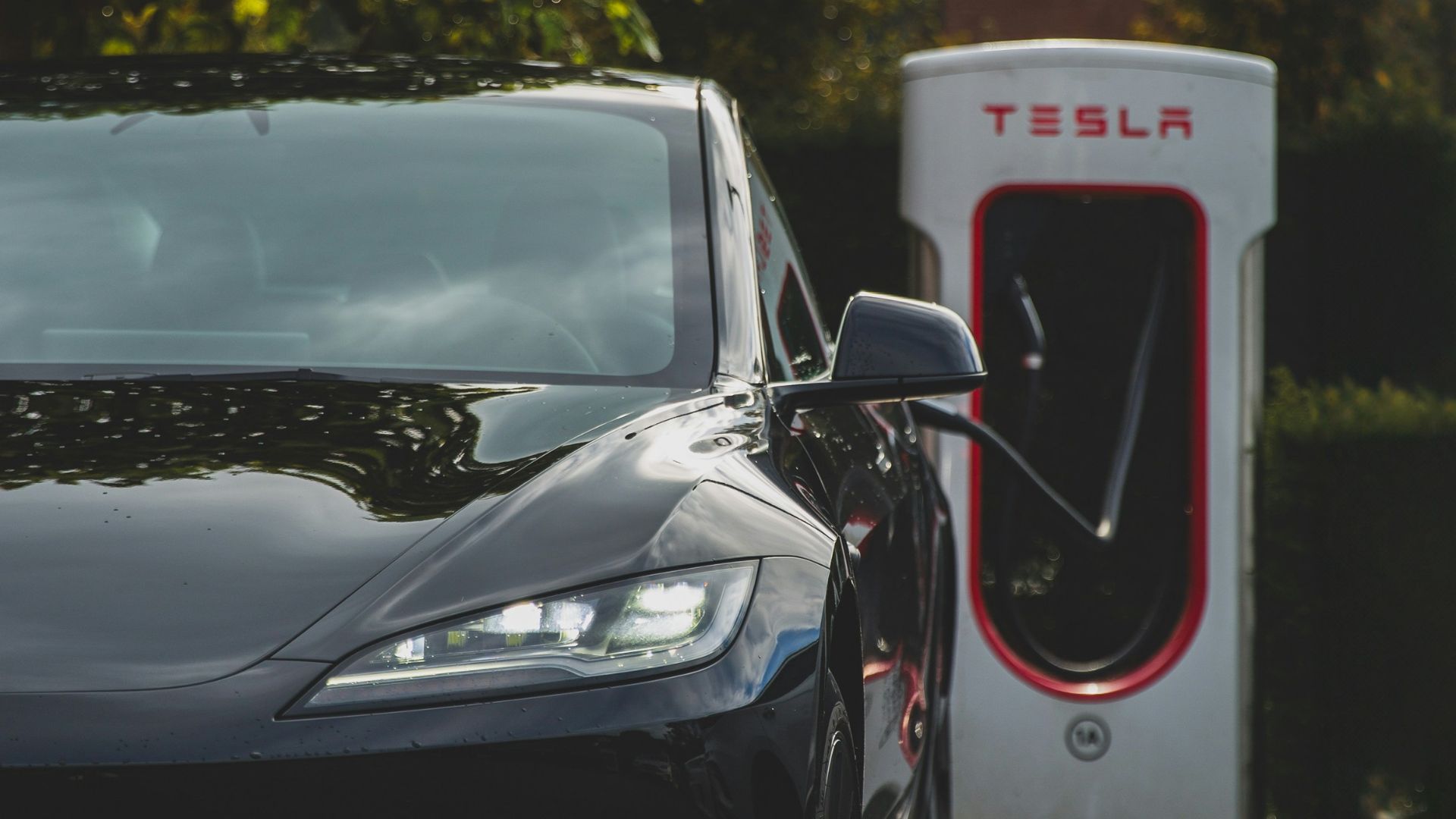
The EV market is experiencing a bit of a slump after initial customer excitement around the technology.
A May survey by J.D Power found that a decline in purchase consideration is correlated to a rise in customer concern over charging stations and other factors.
Charging Roadblock

Stewart Stropp, executive director of EV intelligence at J.D. Power, sees EV charging as one of the major roadblocks to EVs achieving a better rate of adoption.
“As the industry inches toward mass consumer adoption, the main roadblocks to getting consumers behind the wheel of an EV are the continued shortage of affordable vehicles, charging concerns and a lack of knowledge regarding the EV ownership proposition, including incentives,” said Stropp.
What Can Be Done?
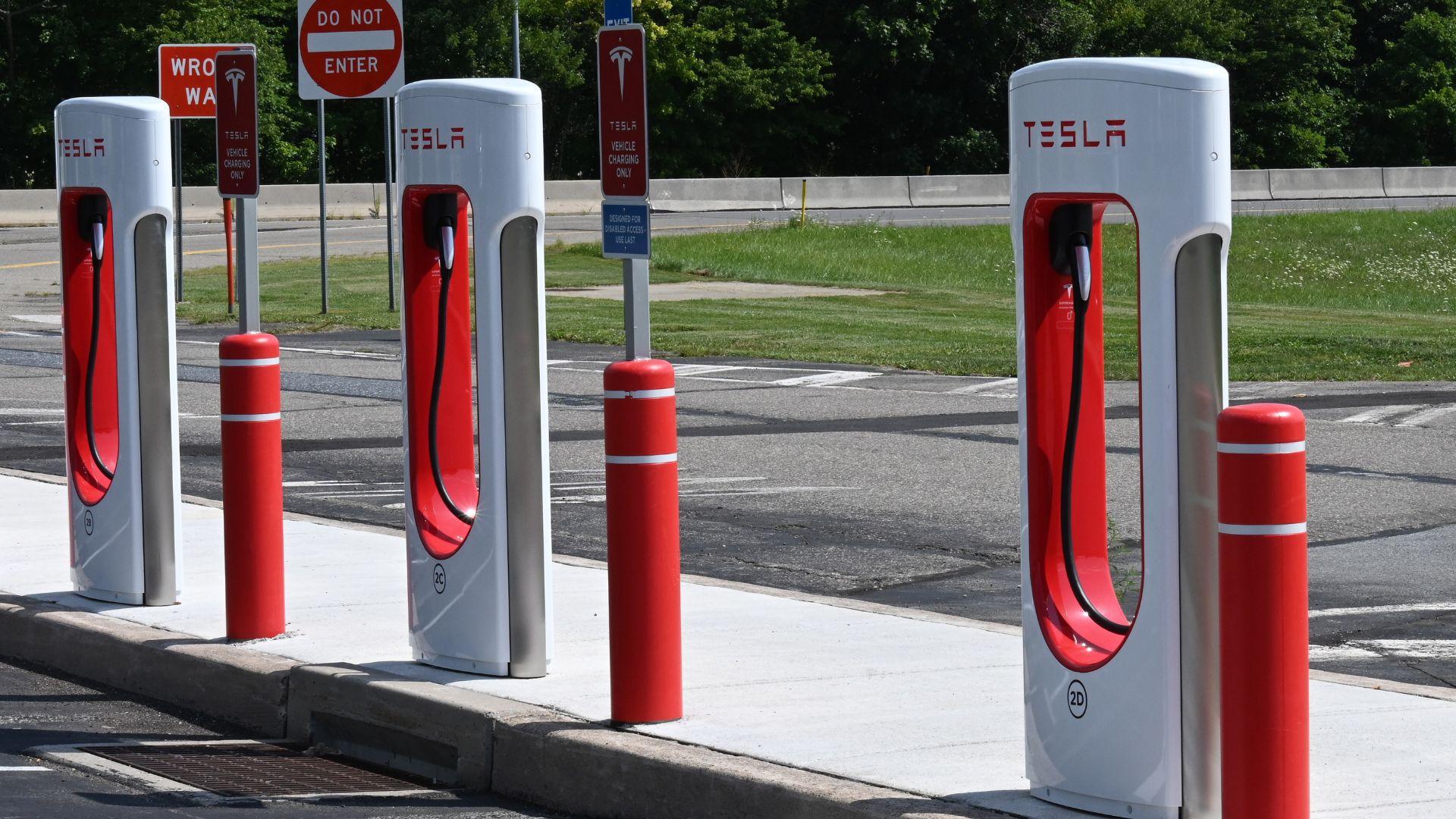
These concerns from customers have not gone unheard by players in the EV industry. Electrify America, one of the largest charging companies in the country, is starting to experiment with penalizing charging hogs.
Under their plan, once a car’s batteries are 85% charged, charging will stop completely instead of slowing down. They have also introduced “idle fees” for taking up a space without actively charging.
Idle Fees

Electrify America charges this idle fee as a way of encouraging people to get it moving and make line queues less unbearable.
“Drivers who do not unplug and move their vehicle ten minutes after their charging session is complete will be charged a $0.40 per-minute idle fee. This fee encourages drivers to move their car promptly so that others can use the charger,” says an FAQ on the company’s website.
Tesla’s Effort
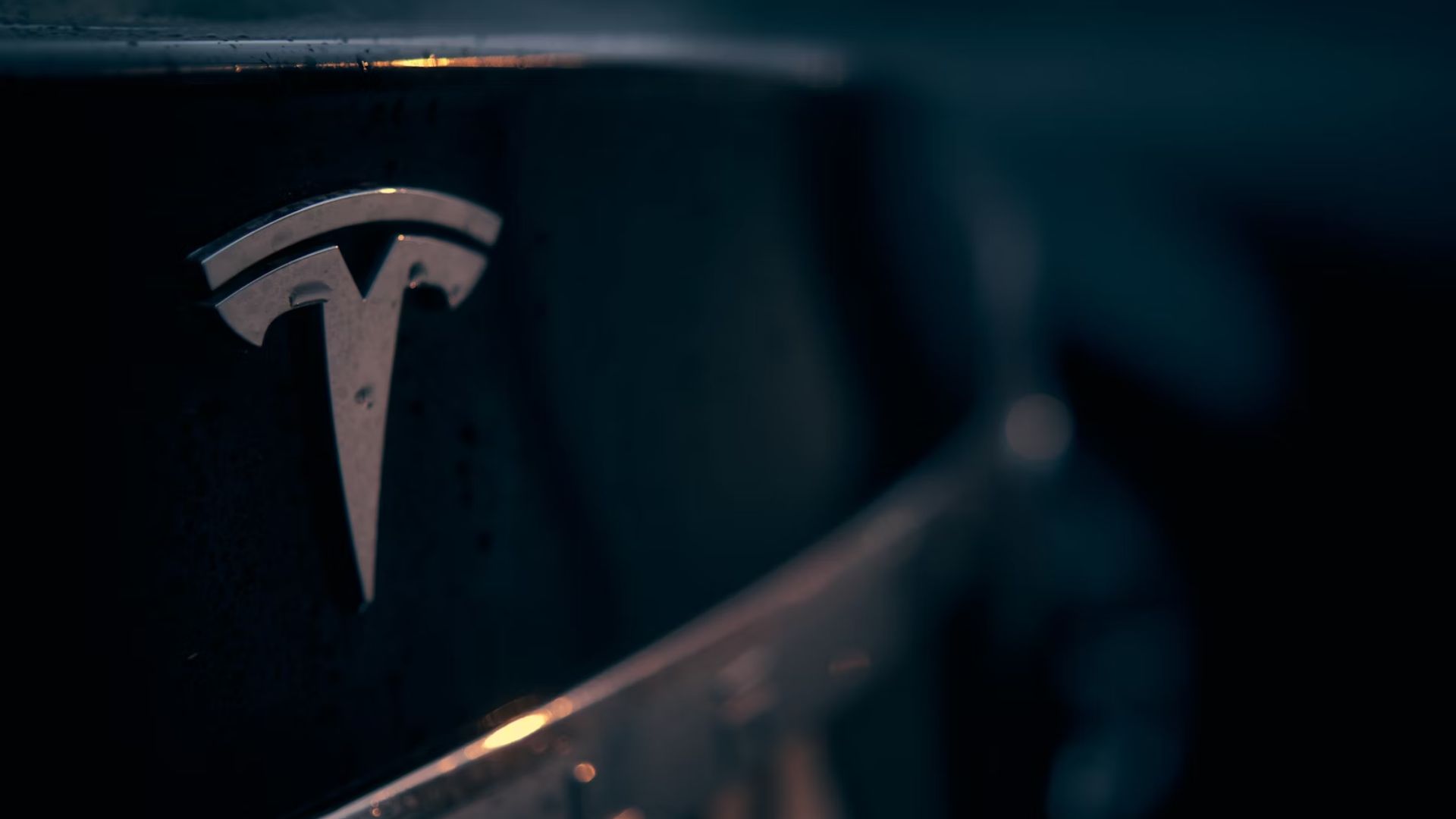
EV giant Tesla, which has its own line of fast “superchargers”, is trying something similar. However, in Tesla’s case, the automatic charge limit can be overridden from the user’s touch screen on its vehicles.
Tesla also introduced “congestion fees” for those excessively charging in November, but only at certain charging stations.
Complaints on Charging
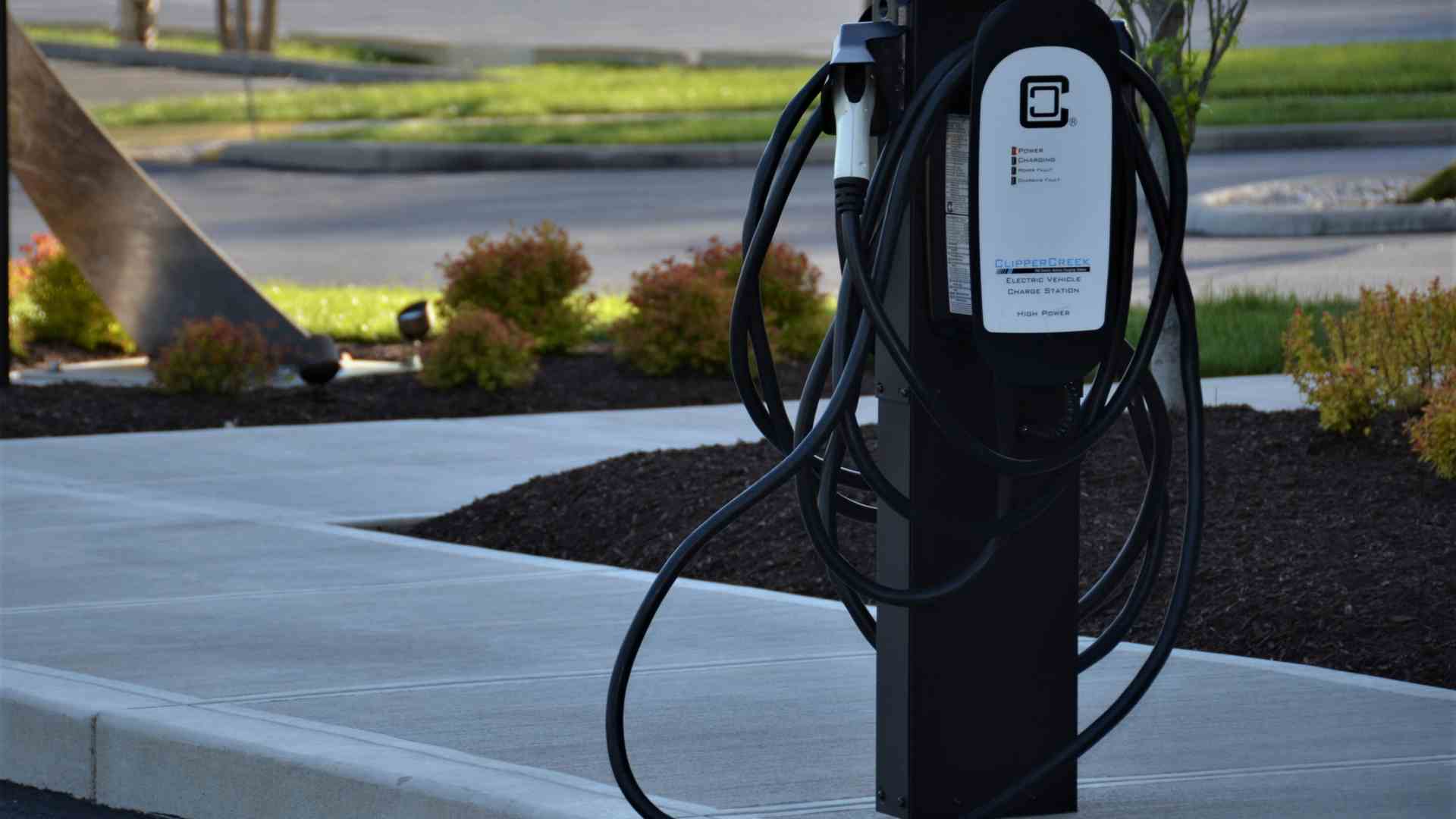
Many users online shared Valdes-Dapena’s frustration in reaction to his piece on EV charging hogs, even some who don’t own electric vehicles.
“I was at my local mall and witnessed a related problem this week. I don’t even have an EV. Our mall reserves many of the best/closest parking spots for EVs and has chargers there all in a row. So they’re pretty choice spots, location wise. Shortest walk to the stores and restaurants,” said a Reddit user. “I walk past there after parking my car way in the boonies, and notice half the cars aren’t charging. They’re not even plugged in but they’re using the spots. I think EV drivers just like parking there for convenience. Would annoy [me greatly] if I had an EV I needed to charge.”
